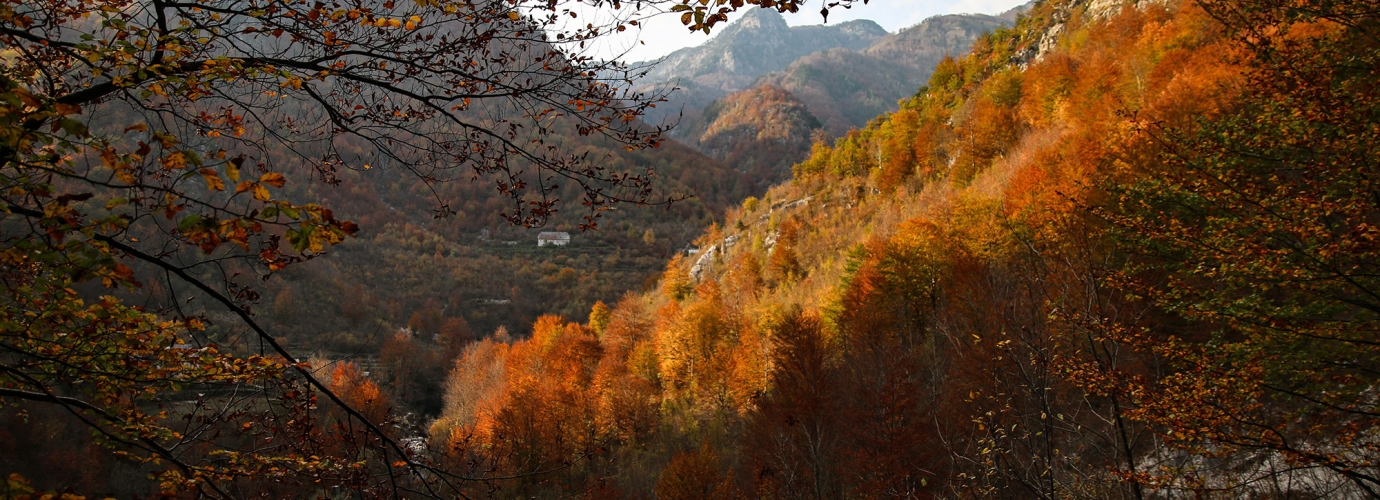News archive
Towards a strengthened co-management of the environmental heritage: an exchange of good practices between the Montagne Fiorentine Model Forest and southern Albania

In Albania, protected areas now cover 15.8% of the country's territory and forests play a decisive role as they make up a large part of the surface of these sites. However, the management of these areas is still very precarious and is experiencing structural problems that make it difficult to pursue lasting effects in environmental and biodiversity protection.
However, the protection and conservation of the environmental heritage are increasingly assuming a central role in the life of our planet and protected areas are an essential component to achieve this goal, but it is equally important to integrate the communities that live in them with them, to ensure long-term sustainability.
The creation of a collaborative governance system in this perspective has the potential to produce multiple benefits in terms of biodiversity protection and socio-economic development, through the formation of alliances and partnerships between the stakeholders.
Thus was born, within the ACAP project (Community Action for the Conservation of Protected Areas of Albania), the idea of organizing meetings aimed at the exchange of good practices between the Montagne Fiorentine Model Forest and the Management Committees of the protected areas of southern Albania. At a later stage, perhaps the various Model Forests of the Mediterranean area will also be involved in the exchange of good practices.
The innovative Forest Model approach for the management of forests and rural areas is in fact considered a virtuous example from a perspective of sustainability and integration of all the interests of protected areas (socio-economic and otherwise). An exchange of good practices between the RAPA (Regional Agencies of Albanian Protected Areas) and the Florentine network therefore aims to encourage a constructive debate aimed at improving and strengthening the governance of Albanian protected sites.
Through this cycle of meetings, the project therefore aims to define a common and inclusive collaboration procedure in the management regulations of the Protected Areas of Valona, Berat and Gjirokastra. It will also be an opportunity for the Mediterranean Network to verify the possibility of undertaking a path for the creation of a first Model Forest in Albania, for which the MMFN secretariat will give its maximum support.
Contact
Tel.: +39 3311162589
Email: info@medmodelforest.net
Email: secretariat@medmodelforest.net


